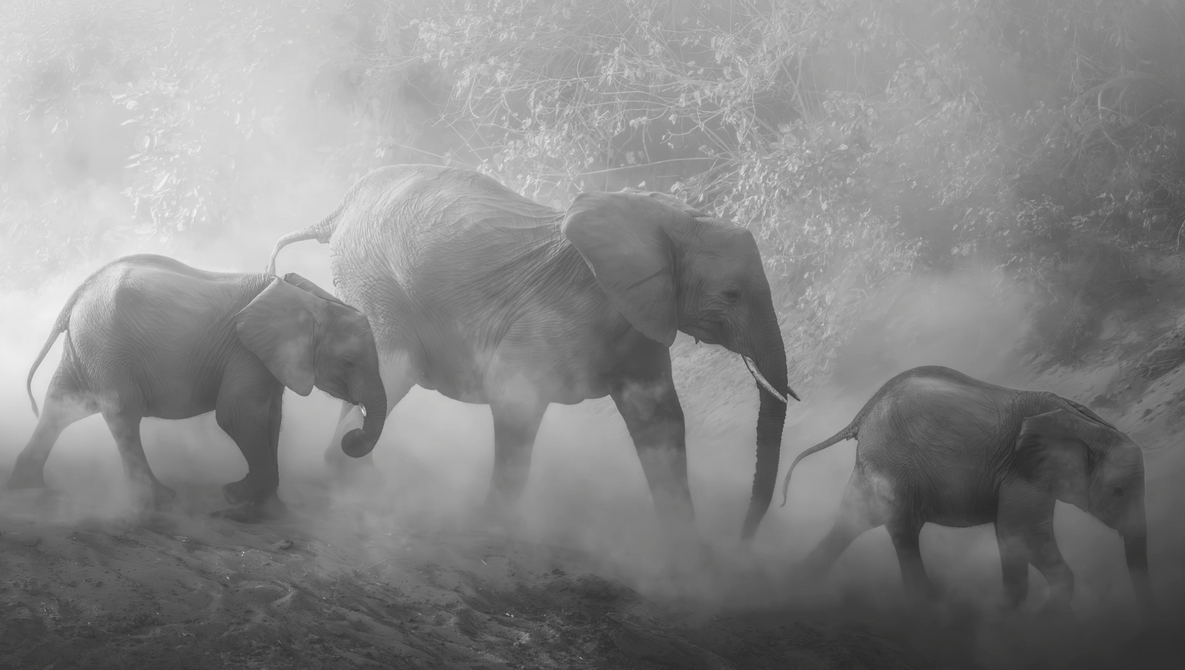Let’s discuss how we can embrace tough conditions like dust in wildlife photography to unlock dramatic potential and transform our safari shots into captivating masterpieces.
This video from Mark Dumbleton, a leading wildlife photographer from South Africa, is full of tips and tricks on capturing the fascinating aspects of wildlife photography during the dry season, when the movement of animals creates dust. This, in turn, gives wildlife photographers the opportunity to capture contrast and create a mood that results in awe-inspiring images.
Mark emphasizes that we must embrace dust as photographers. Dust is a powerful storytelling element that conveys struggle and intensity, adding a dramatic touch that strengthens the story of survival—especially during action-packed moments like battles or a herd on the move.
While there are three major lessons to learn from this video, the one that resonated most with me is the simplification of the scene and either capturing or cropping in post-processing to focus solely on the aspects with dust and drama. In other words, the entire scene must be covered in dust. It demonstrates that sometimes omitting certain parts of the scene can be more powerful than including elements that might distract the viewer’s eye. Furthermore, in post-processing, contrast can be added by giving certain elements, such as an animal sitting in the bush, a cooler color temperature and making the background haze a bit warmer. Creating contrast enhances the visual appeal of the image.
The video is full of practical advice with supporting images and can be categorized into compositional aspects, technical aspects such as exposure and focusing, and, lastly, recommendations on how to shoot during the golden hour. It is quite crucial to know that although capturing a sunset in hazy conditions with animals is exciting, it presents challenges like calculating the right exposure and focusing. Watch Mark’s video to learn the solutions with examples.

